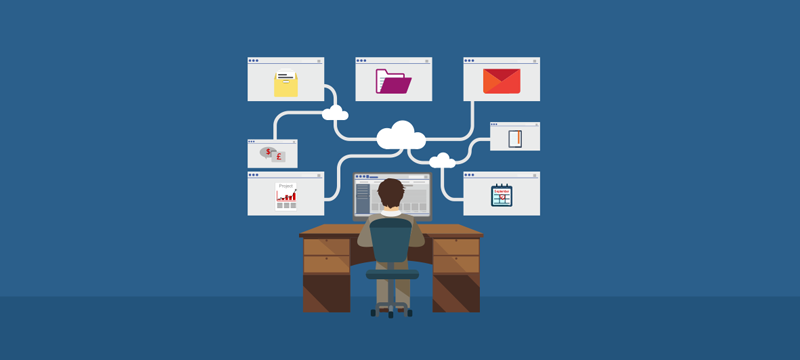According to Gartner, within the next five years, distributed cloud will become the standard IT infrastructure, with adoption rates among enterprises predicted to be 75%. Its reasoning is that advances in artificial intelligence (AI) machine learning (ML), automation and the Internet of Things (IoT) will require applications and data to be dispersed across multiple sites, including multi-datacentres, multi-clouds and at edge locations. Here, we’ll look at why distributed cloud could be the future for enterprises.
Cloud and the edge
As enterprises become more reliant on technologies such as IoT, automation, AI and ML, there’s an increasing need for edge computing. The vast amounts of data generated in using these technologies cause issues with latency when that data has to be moved from the edge to the cloud for processing. Processing data locally, at the edge, can reduce that latency and provide the real-time decision making that these technologies demand.
While edge processing is becoming more essential, enterprises also need to centrally manage their operations rather than their being locally siloed. To achieve this, edge computing requires ‘cloudification’, the development of micro-clouds which allow an enterprise to deploy and connect its applications and infrastructures across its edge environments.
Edge cloudification offers enterprises several important benefits. It gives distributed edge sites secure and high-performance global connectivity; it provides integrated storage, networking and compute resources; and it enables company-wide management of the applications and data distributed across its infrastructure.
Although edge cloudification is still a relatively new innovation, its capabilities are constantly being developed. Increasing demand means it is only a matter of time before cloud vendors will be able to offer edge computing services that feature a much broader range of functions.
A multi-cloud with a difference
Another expected change is how companies make use of multi-cloud services. Today, multi-cloud refers, rather simplistically, to the use of several cloud providers. In practice, this usually means different vendors are used to host individual applications. Essentially, this is seen as a way to save money, avoid vendor lock-in and minimise potential disaster by not keeping all services with a single provider.
In the future, multi-cloud will be used far more strategically. Enterprises will adopt a more modular approach in which separate application components will be run across different cloud environments. With this methodology, enterprises will take into consideration the specific attributes of each cloud environment, the expertise of the provider and the cost of the service, matching these to the demands of the workload being run.
The consequence is that enterprises will be able to run and support microservices more effectively. They would be able to mix and match the most appropriate services from different vendors in order to create truly bespoke solutions. If, for example, an enterprise ran an application that utilised both a database and artificial intelligence, each separate component could be run in the cloud environment that provided the most effective or efficient infrastructure and technical support.
Furthermore, this new approach to multi-cloud also provides added availability protection. If one of the cloud environments suffers an outage, the app itself will still be available on other infrastructure, enabling the company to bring the affected component back online. Additionally, for enterprises that need to store EU citizen data on servers within the EU, this approach can also improve compliance, allowing data to be stored on servers within the EU while carrying out other tasks elsewhere.
The advance of distributed cloud
Currently, the advance towards edge cloudification and the changing use of multi-cloud are separate developments. They both indicate, however, the rising need for a distributed cloud. This novel approach to working gives enterprises the much-needed ability to manage not only discrete components, such as edge applications, legacy datacentre apps and apps distributed among multiple cloud providers but also the infrastructure needed to support them. As a result, it can operate as a singular, distributed cloud network in which enterprises can manage and operate their entire IT services. What’s more, it will allow applications to be deployed with common policies and offer global visibility across all locations and infrastructures.
Conclusion
Distributed cloud is an approach that allows companies to deploy the most appropriate tool for each task. It allows real-time processing to take place at the edge, where low-latency decision-making requires it, while enabling app components to be run in the best cloud environment – one where the infrastructure, support and cost are most suitable. Furthermore, it allows all these separate elements to be centrally managed.
If you are looking for bespoke, managed IT solutions, visit Hyperslice.com.

